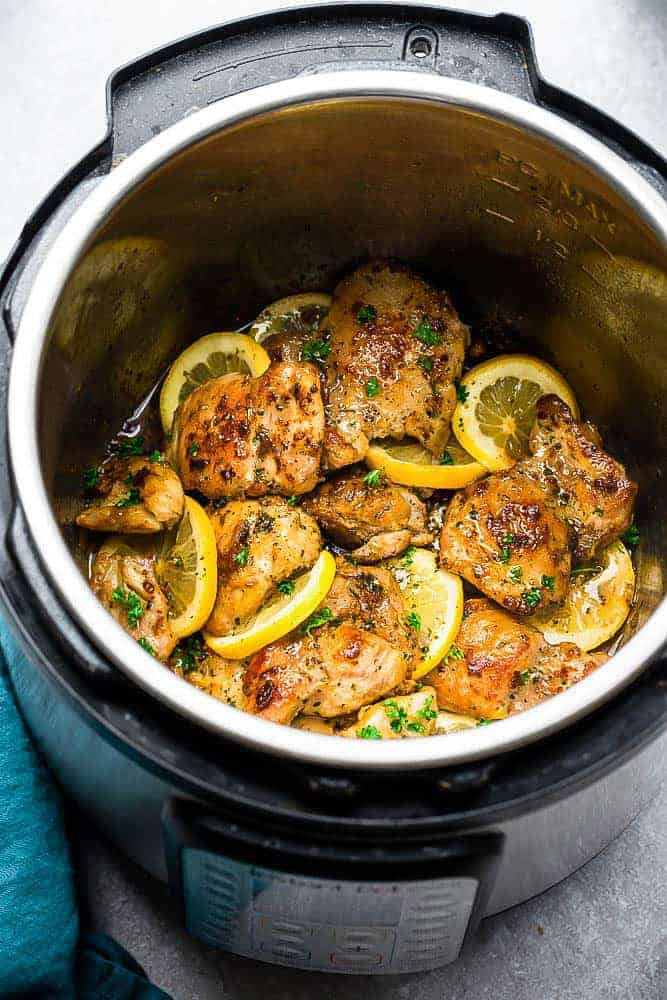
Boneless chicken thighs stay juicy and moist in the oven and these top-rated recipes are sure to give you loads of family meal inspiration. I used only a half of a stick salted butter and about a tablespoon of light olive oil.

Fresh boneless skinless chicken breasts Cooking spray or vegetable oil 1 cup chicken stock or broth add more if using a larger pot Salt and pepper.
Boneless skinless chicken breast in instant pot recipes. Fresh boneless skinless chicken breasts Cooking spray or vegetable oil 1 cup chicken stock or broth add more if using a larger pot Salt and pepper. Boneless skinless chicken breasts. Cheesy Chicken Enchilada Soup.
I used only a half of a stick salted butter and about a tablespoon of light olive oil. Will definitely make again but with the following modifications. Cook chicken only four hours.
Add one half of a cup to one cup of milk to cream cheese mixture. Add salt to taste. Find deliciously easy baked boneless chicken thigh recipes for a chicken dinner with hardly any effort.
Boneless chicken thighs stay juicy and moist in the oven and these top-rated recipes are sure to give you loads of family meal inspiration. Boneless and skinless chicken thighs cook faster than bone-in thighs. Depending on its size it usually takes 15 to 20 minutes to cook a boneless chicken thigh.
Bone-in thighs on the other hand take 25 minutes or more to get cooked completely. To know when a boneless chicken thigh is done cooking use a thermometer and check that the internal. Oftentimes boneless skinless chicken breasts are equated with a lack of flavor and a dry texture.
While its true that skin and bones are what breathe life and soul into many of our favorite chicken recipes boneless skinless chicken breasts can be just as appealing as bone-in cuts. These 34 boneless skinless chicken breast recipes that we make all the time. Start with 2 fresh boneless skinless chicken breasts of about 6-8 oz each.
If they are much larger cut them in half horizontally. If the chicken if very thick youll get the best results by pounding them to a more uniform thickness. Use a meat mallet or even a rolling pin with the chicken between pieces of plastic wrap.
We want the chicken breasts to be about ½-¾ thick.